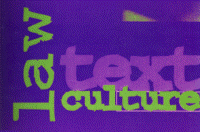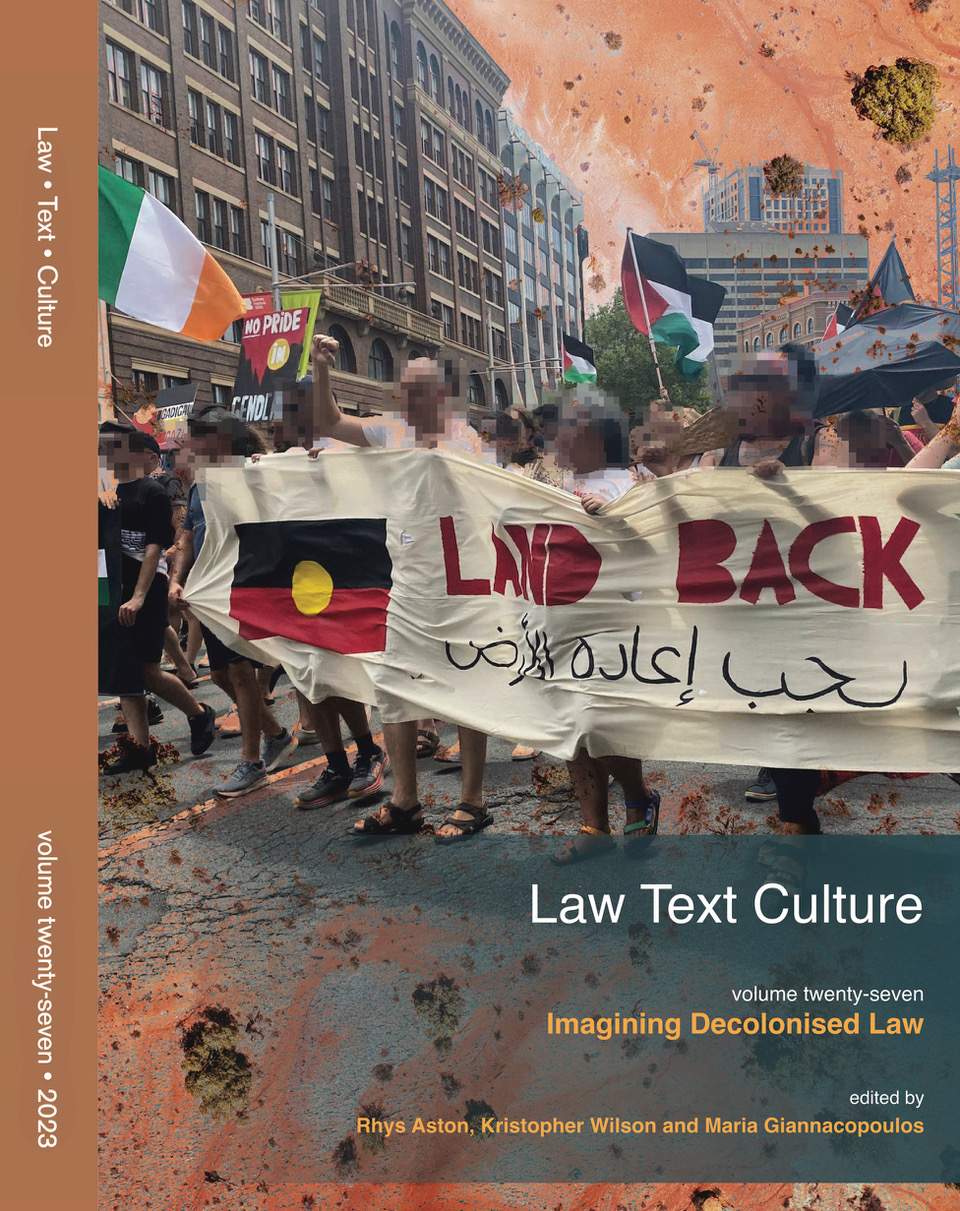Abstract
One of the fundamental laws of archives is that posterity tends to use and interpret them in ways never thought of or intended by their originators. Police archives are now providing the raw material for all manner of surprising visual projects, cultural speculations and poetic meditations on mortality, deviance and the past. Prompting extra-rational forms of engagement and ‘communion’, and provoking an array of moods and reactions that vary between nostalgia, appalled voyeuristic curiosity, compassion and spiritual empathy, these photographs have obtained an entirely different cultural potential and utility than that which was originally proposed for them. The provocative allure of the image within the forensic photography collection of the Justice & Police Museum, Sydney, will be reflected upon and made sense of in the course of the essay. This material once considered aberrant, tragic and taboo requires a response from the researcher that is thoughtful, supple and sensitized. The essay analyses various factors that intervene to modify or allay the impact of potentially distressing images on the viewer, and the layered processes of research and intervention that ultimately enable the curatorial and authorial shaping, interpretation and re-contextualization of this material so it may be encountered by museum and book audiences.
How to Cite:
Williams, C., (2009) “A Future Undreamed: The Forensic Photo Beyond the Darkroom, Case- File and Courtroom: Memory, Mediation, Museology”, Law Text Culture 13(1). doi: https://doi.org/10.14453/ltc.424
Downloads:
Download PDF
View PDF
423 Views
1214 Downloads

